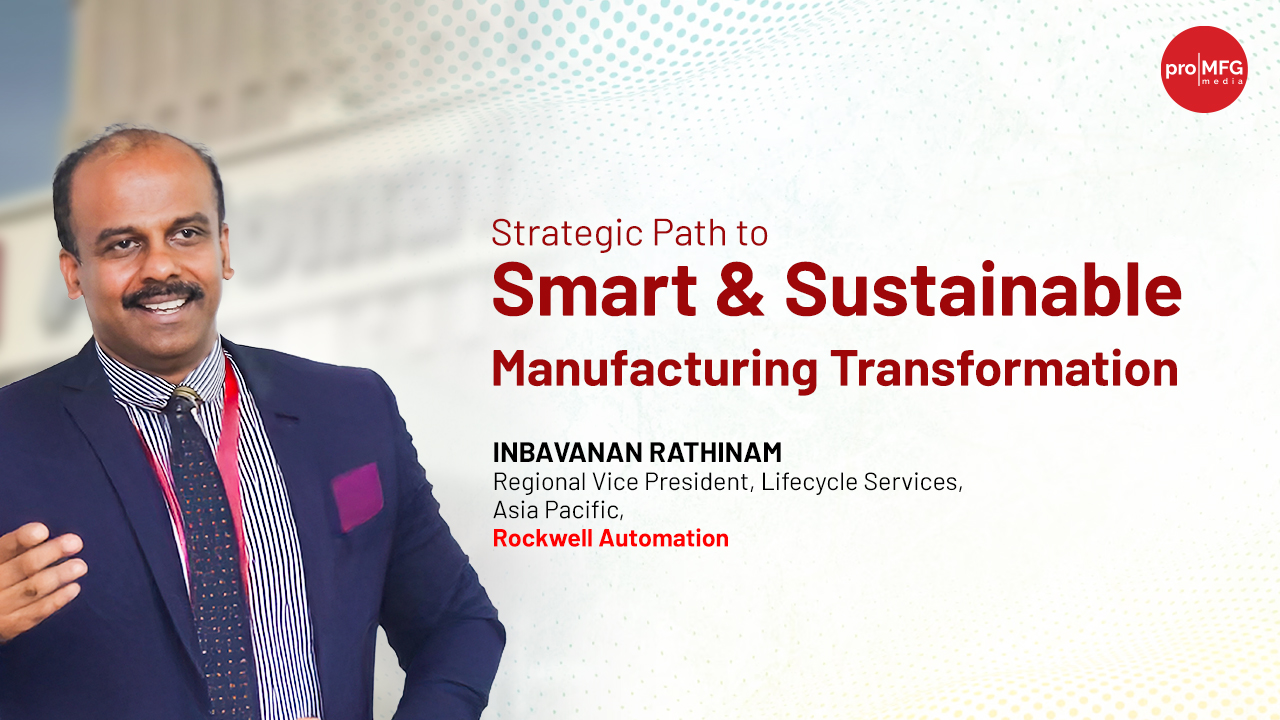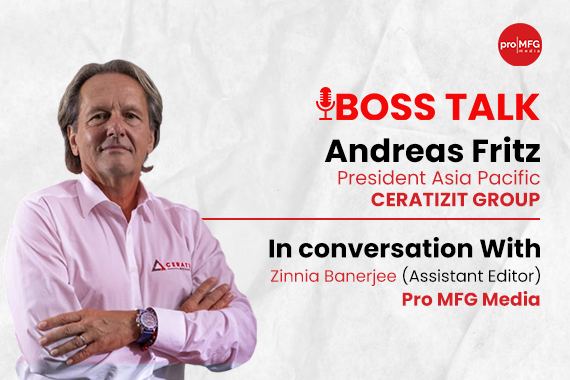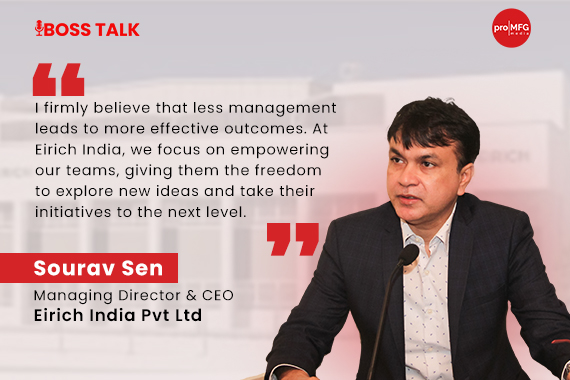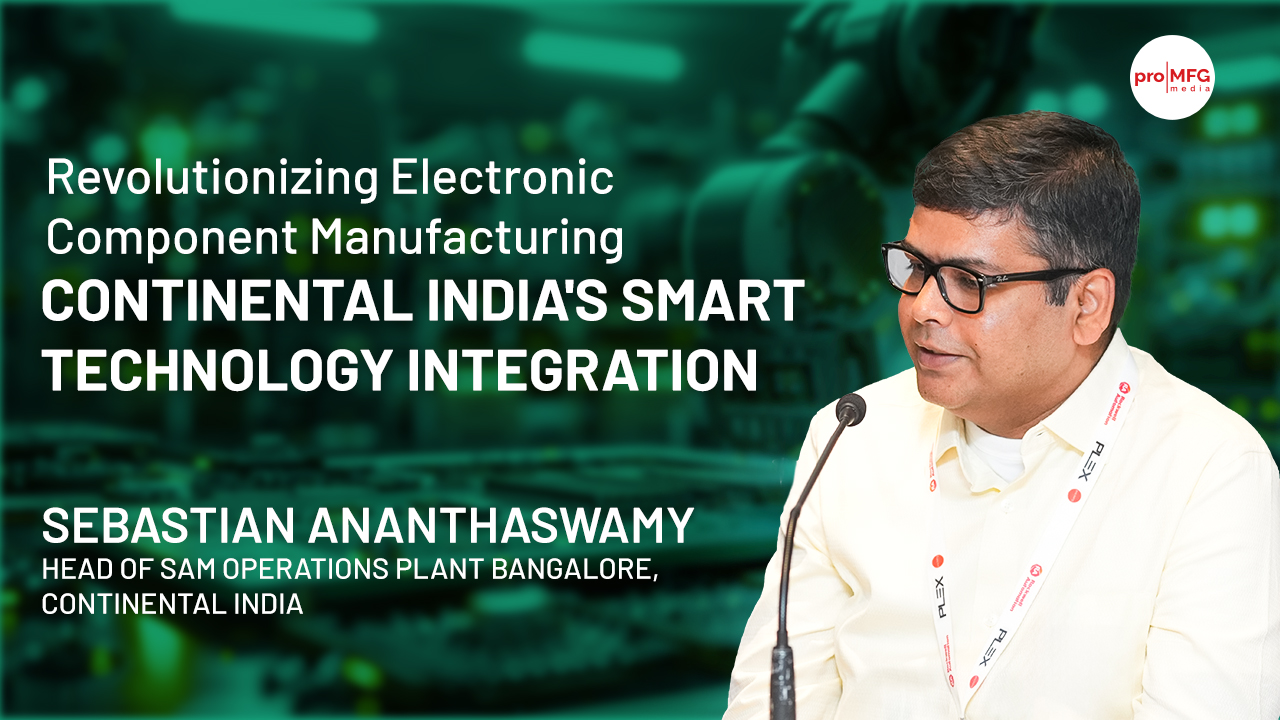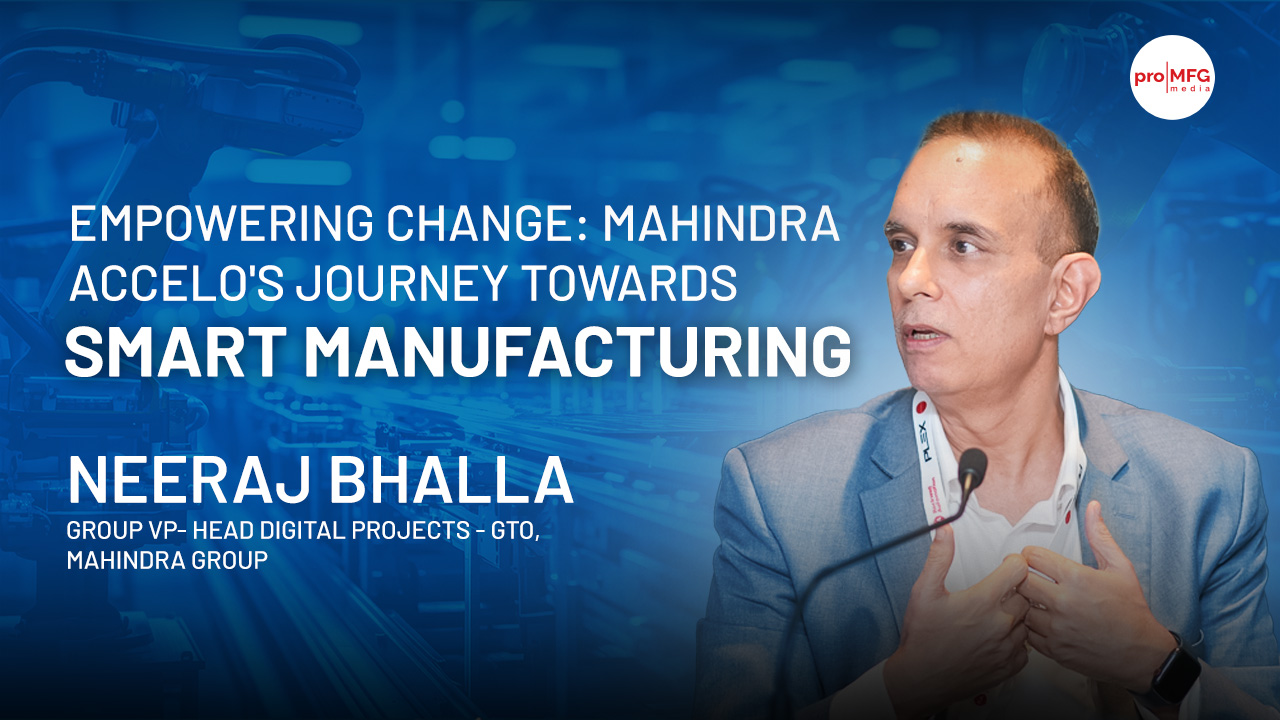“You need to have a framework for delivering large value projects with thousands of people working together. You need to figure out how to use Scrum - how does it work, how to start, how to set it up, how to go about implementing it? And to see if it is working and to see what’s going wrong, and what’s going right!”
December 2022: In this quick but insightful interaction with Manish Kulkarni, Co-founder & Director, Pro MFG Media, Tridibesh Satpathy, CEO & Founder, VMEdu Inc. explains the reasons why Scrum is replacing the traditional project management approach.
What is the difference between Scrum vs traditional Project Management approach and what are the benefits of transitioning to a Scrum approach?
Even before we get into Scrum versus traditional project management, it is extremely important for us to understand the importance of having a proper framework for implementing projects in our company. We spend a lot of money on implementing projects, on coming up with new software, new products, and on setting up an assembly line. The correct approach or the framework to do the project helps the company to significantly improve the return on investment by ensuring that people work together as a team. There is less wastage and less waiting. There is better management of our dependencies, which typically come with multiple people working in a team. It also ensures that all the deliverables are created in the most efficient way. So, first, we need a great project framework for implementing projects in a company.
The traditional way of doing projects involved a lot of emphasis on upfront planning - create a huge project plan, have multiple project managers, and document everything. And you need to plan years in advance before you start seeing the results of your project. This was fine in the earlier era. But considering the focus on speed, efficiency and delivery in today’s era, the traditional project management approach falls very short not just in India, but globally. That’s why, with any innovative company, the traditional project management approach has been replaced by what is called Scrum. Scrum, or the agile way of doing things, is how we get stuff done faster by not spending much time in upfront planning. It doesn’t mean we don’t plan. It means we plan for let’s say a month or two in advance; we figure out what needs to be done fast to deliver value to customers quickly. It focuses on faster release. You can also experiment with stuff. You can figure out what is working or what is not working and make changes appropriately. So, people start seeing value. The team is extremely motivated because it sees the benefit of what it is doing out there in the market. This is the approach used by almost everyone in Silicon Valley. In fact, it is used by almost all Fortune 500 companies - in the IT departments, R&D and innovation - where change is the norm! Even in a traditional sector like manufacturing, a lot of companies are now trying to figure out how to use Scrum and the Agile way of getting stuff done.
What is ‘A Guide to the Scrum Body of Knowledge (SBOK®)’? And how is it known as a definitive framework for delivering successful projects using Scrum?
As mentioned earlier, you need to have a framework for delivering large value projects with thousands of people working together. You need to figure out how to use Scrum - how does it work, how to start, how to set it up, how to go about implementing it? And to see if it is working and to see what’s going wrong, and what’s going right!
The framework is like a guiding principle that forms the basis for you to start working on projects the Agile way. That is where the Scrum Body of Knowledge becomes a very important body of knowledge. And that was developed by us. By the way, I am the lead author of that book. But there are more than 1000 other practitioners who have contributed. And it is pretty much the definitive framework around how you would do projects in the Scrum Agile way. It has got over 3 million downloads globally; it has been translated in 8+ languages. It forms the basis of Scrum implementations. It is available for free on the website. And there is a bunch of training around how the framework should be used and about products based on the framework. If there are several 100 people working on a project, if everyone understands the Scrum way of doing it (using this book), then everyone is pretty much at the same level around how they will work together.
An initial training is surely needed before you start going ahead in your Scrum journey. And that is where the Scrum Body of Knowledge comes in handy. By the way, you don’t have to read the whole book. The whole book may be required for a practitioner who is doing implementation and figuring out how to improve stuff. A Scrum team member may need to read 30 pages to 50 pages to get a good feel about the framework - to know how customers, vendors and all the other people involved in the project can contribute effectively so that the project is successful. I would highly recommend you to check out the book. There are also a lot of videos and free webinars available online to give you a good feel on how this whole framework works.
How can an organization successfully migrate to Scrum from a traditional project management approach?
A lot of other frameworks that have come to the market have a top-down approach, where the management has been forcing the people below to move to a different framework. Scrum as a movement has been started by the team members – by the developers – so it empowers the people in the team as they decide what they want to do in a specific period - and how they are going to contribute to the overall company objectives. Let’s look at why this framework is more suited in the current scenario compared to the traditional way of doing projects. If you were to ask this question to me 15 years ago, I would have struggled. But it is an easy answer now. I just say, why don’t you go and check out the top innovative companies globally, and see what project approach they use. Most of them are using Scrum, DevOps, or other Agile methods compared to traditional project management. And the reason is that it delivers return on investment for any project upfront, and at a very quick pace. Firstly, it is around 30 percent to 40 percent more efficient than traditional project management. Secondly, the people that are working on it love this approach, because they work together to create products for faster release providing better ROI to the company. It is beneficial both from a company management point of view, and very good for the team to work on. It also removes a lot of stuff that no one wants to do, for example, a lot of documentation, a lot of meetings, and a lot of upfront planning!
About Mr. Satpathy: Tridibesh Satpathy is an alumnus of IIT BHU Mechanical Engineering 1995 batch. He has also done his MBA from IIM-Lucknow and Senior Management programs from Wharton and Harvard Business Schools. Mr. Satpathy has been a very successful serial entrepreneur with multiple start-ups in fields such as Ed-Tech, Travel. SAAS software products etc. His start-ups have been rated amongst the fastest growing by Deloitte, among the top 100 Global Innovative companies by Red Herring, and have raised multiple funding rounds from leading VC/PEs including Sequoia Capital, Silicon Valley Bank, etc.
Scrumstudy.com is one of the ventures founded by Mr. Satpathy - Scrumstudy is the global Accreditation Body for Scrum and Agile. Certifications offered by Scrumstudy have been taken by students from 7,500+ companies in 150 countries, including from most of the leading Fortune 500 companies.
NEWSLETTER
TRENDING ON PRO MFG
MORE FROM THE SECTION



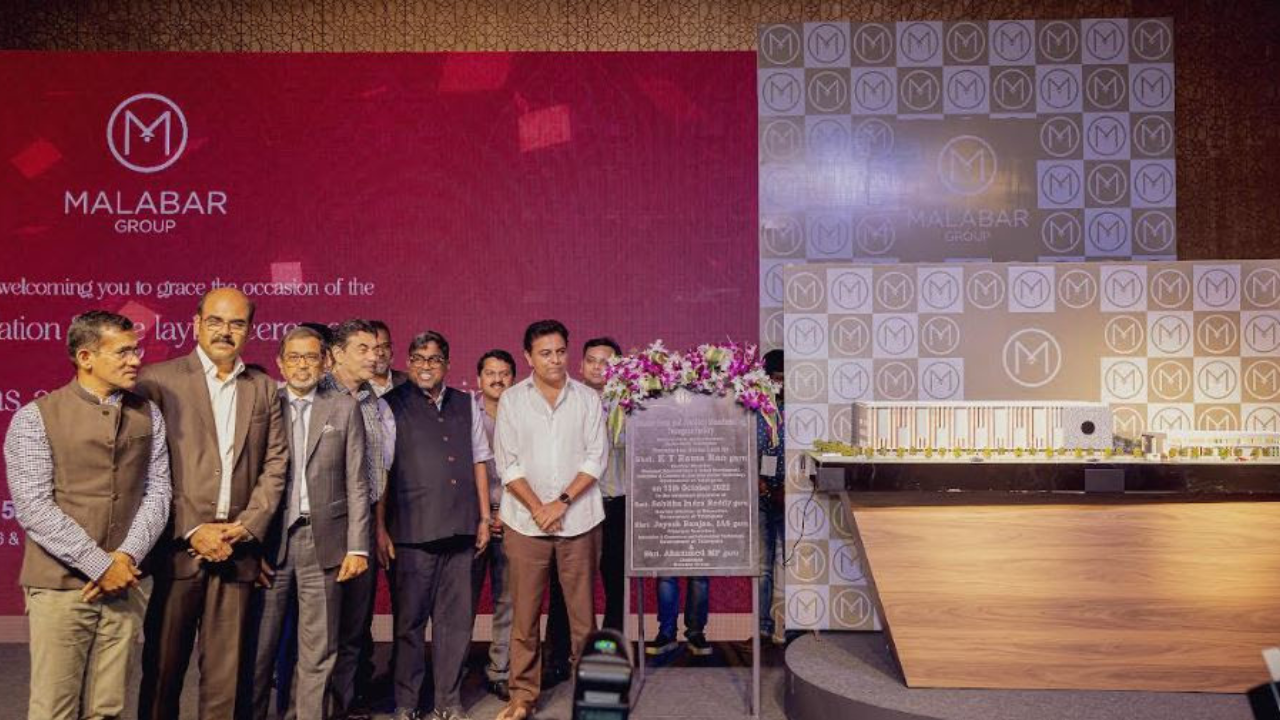
.jpg)
